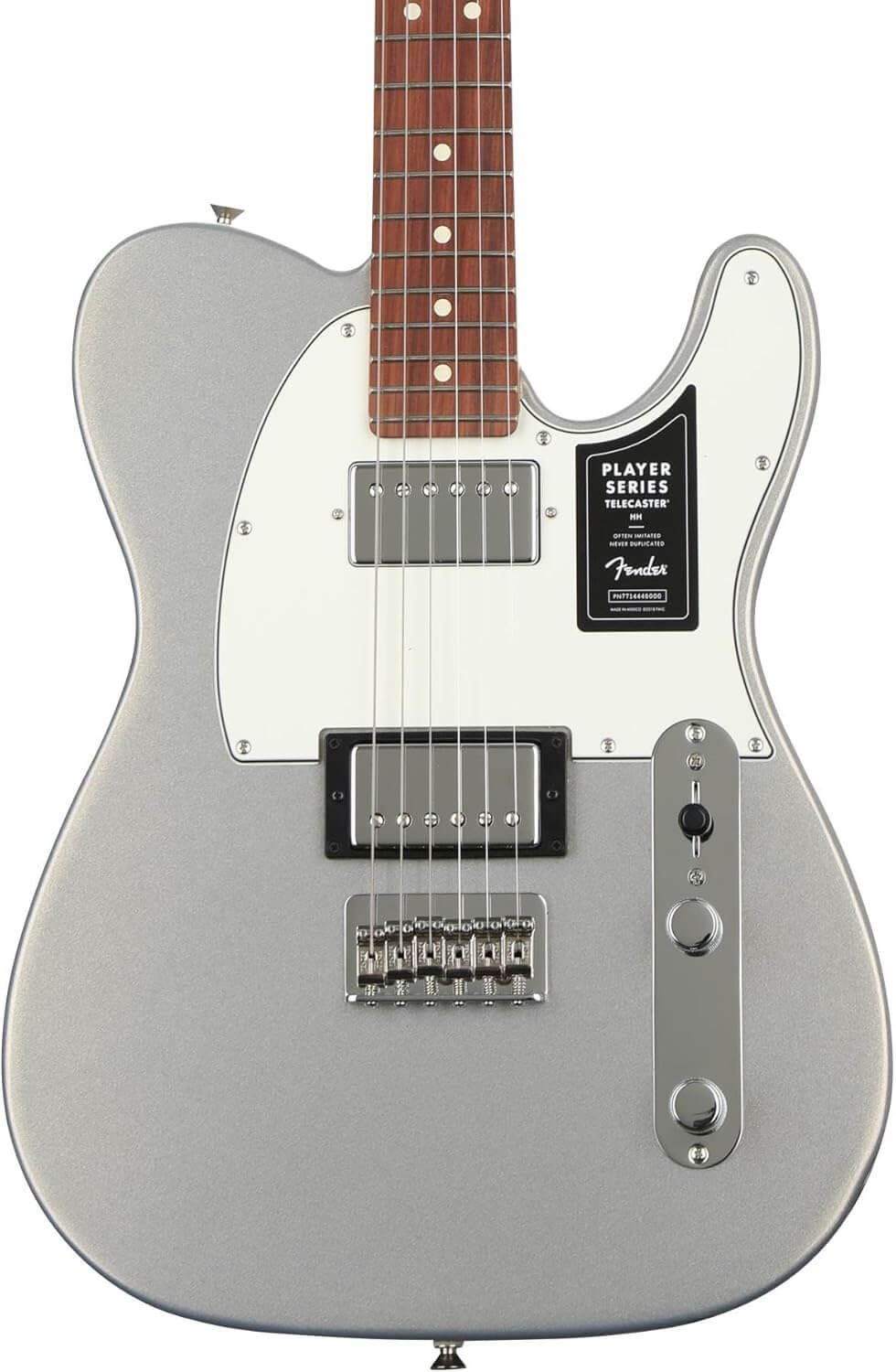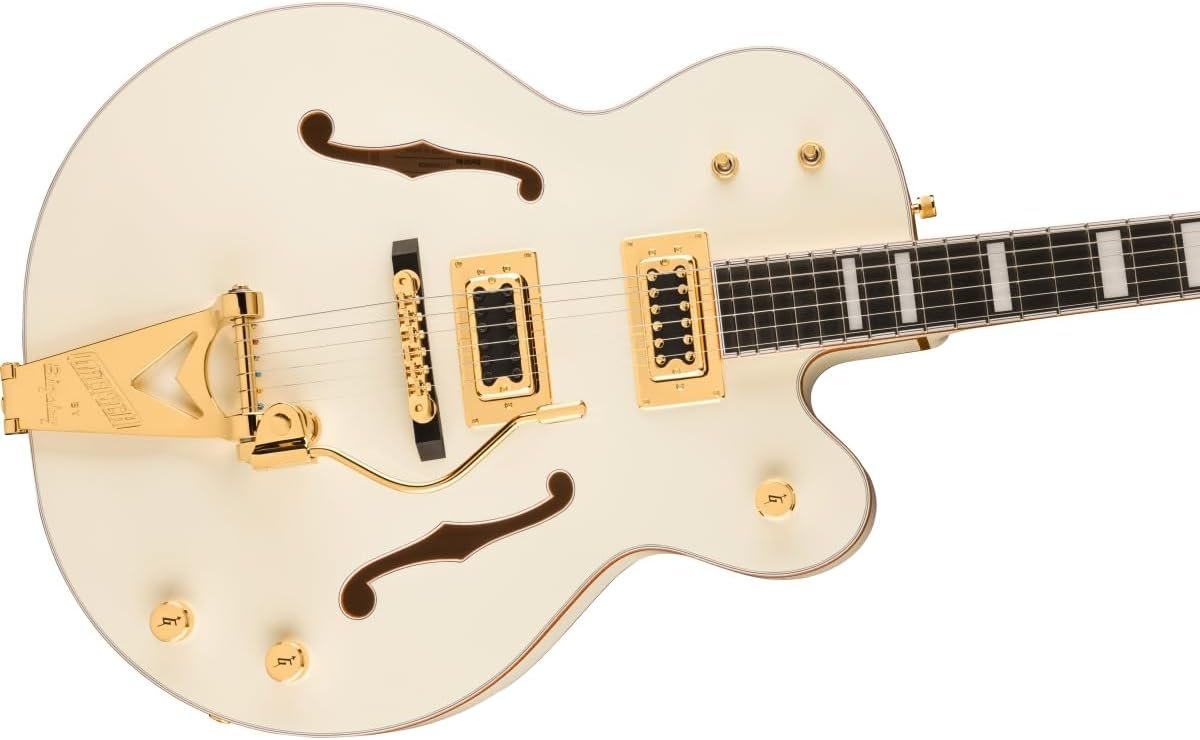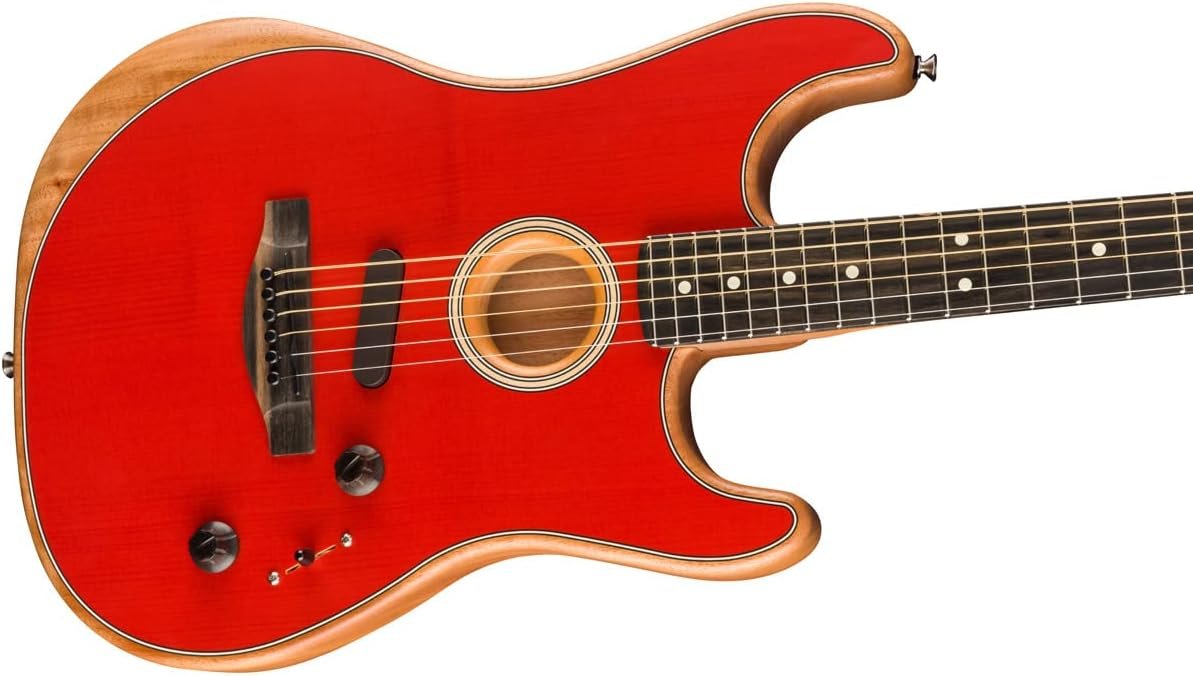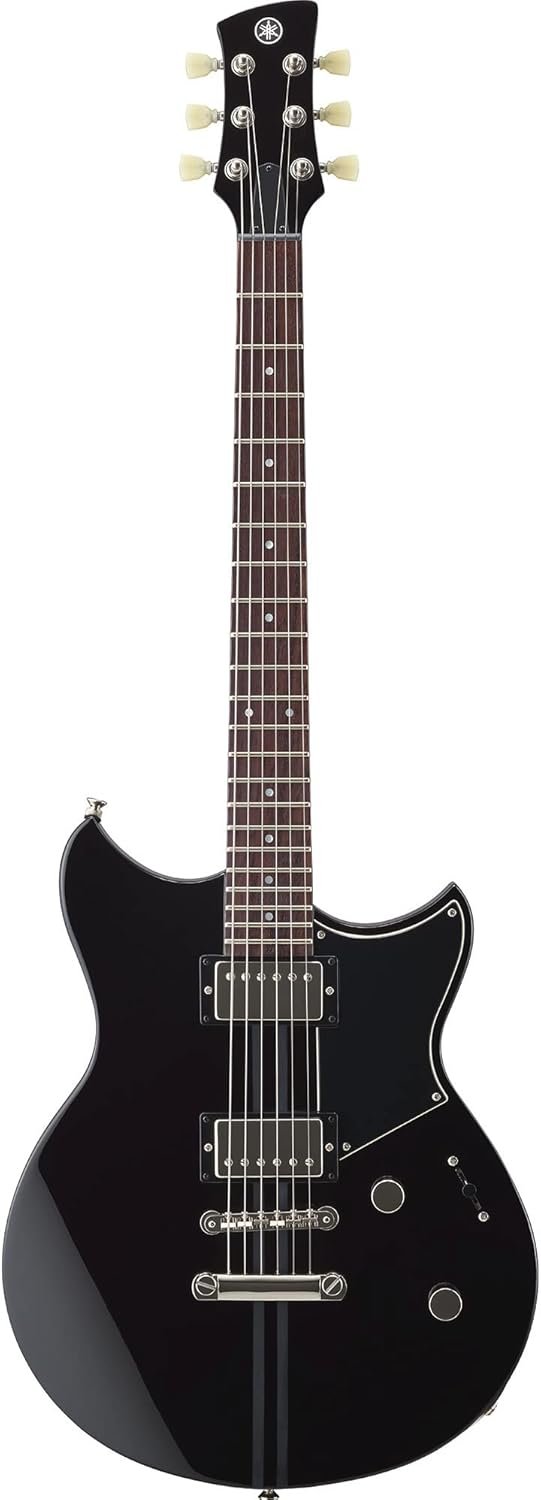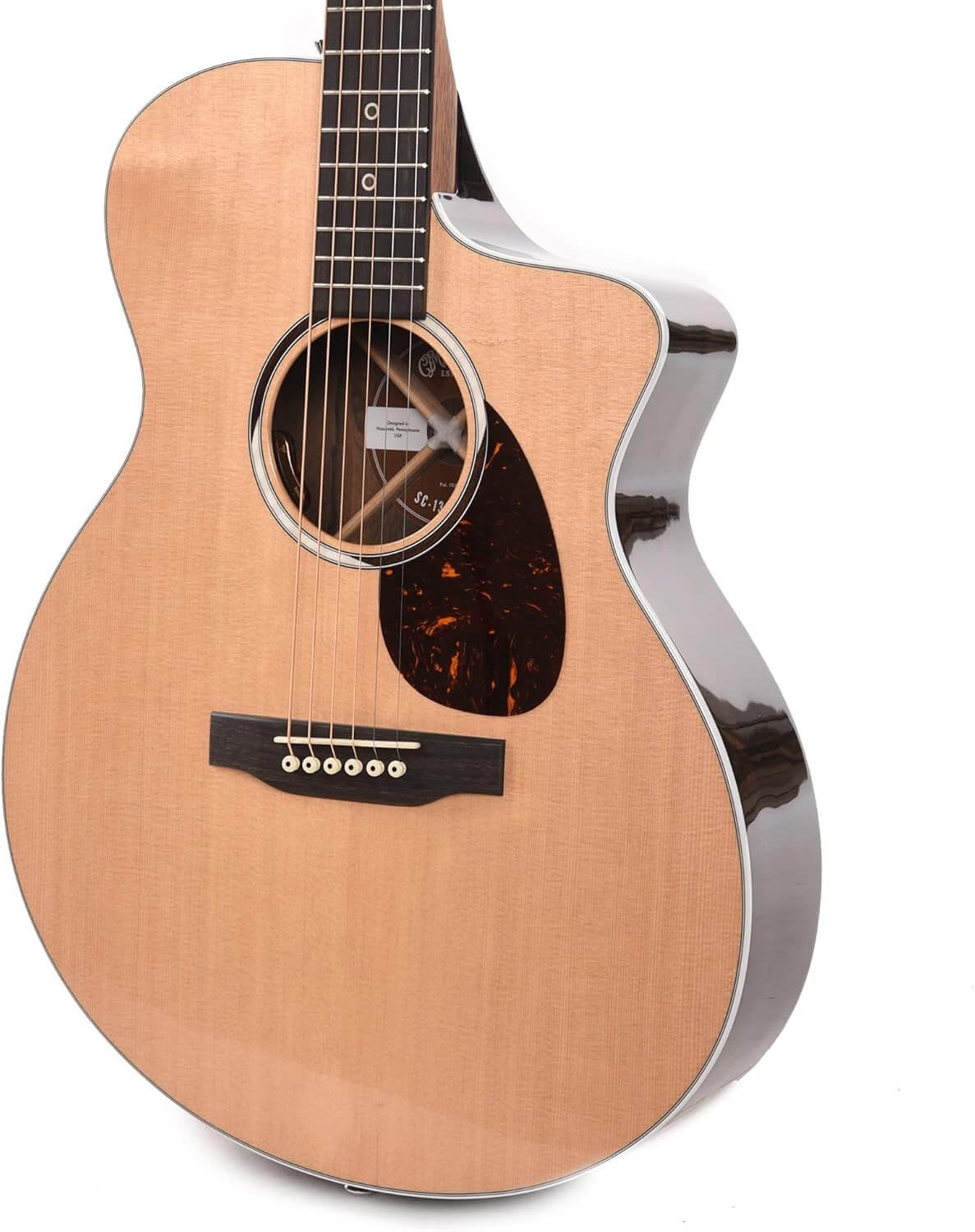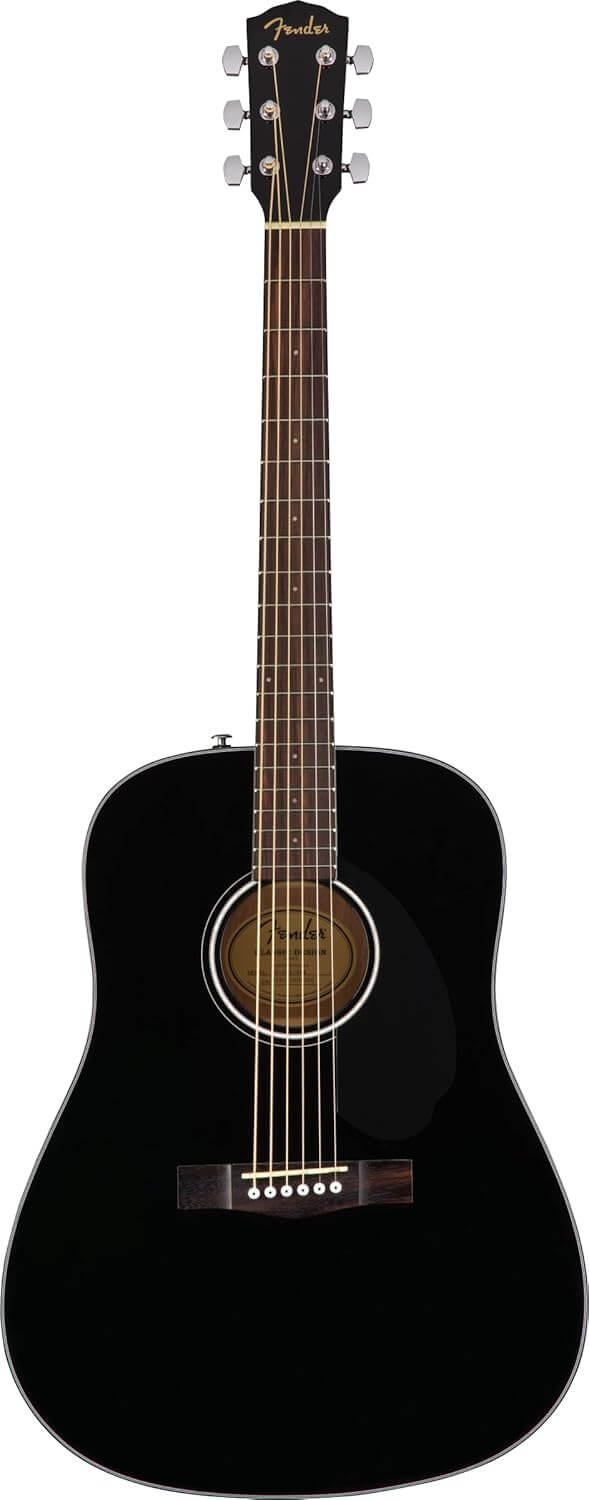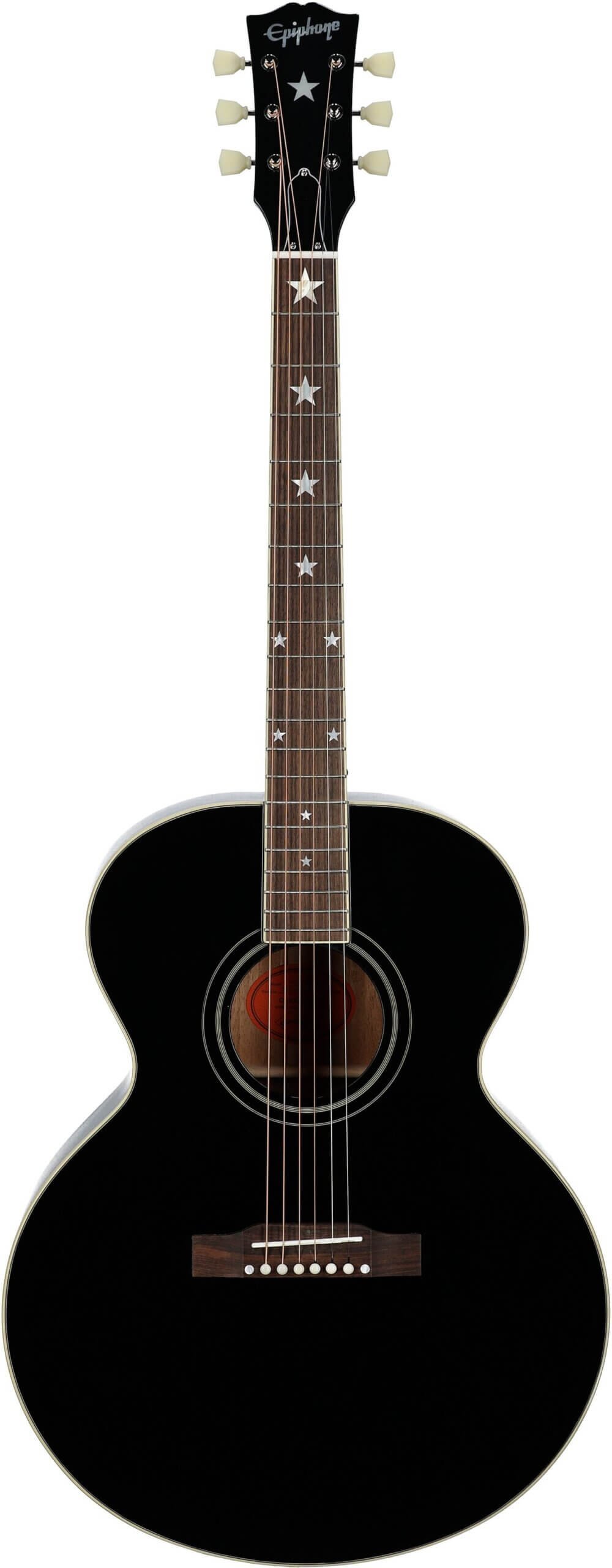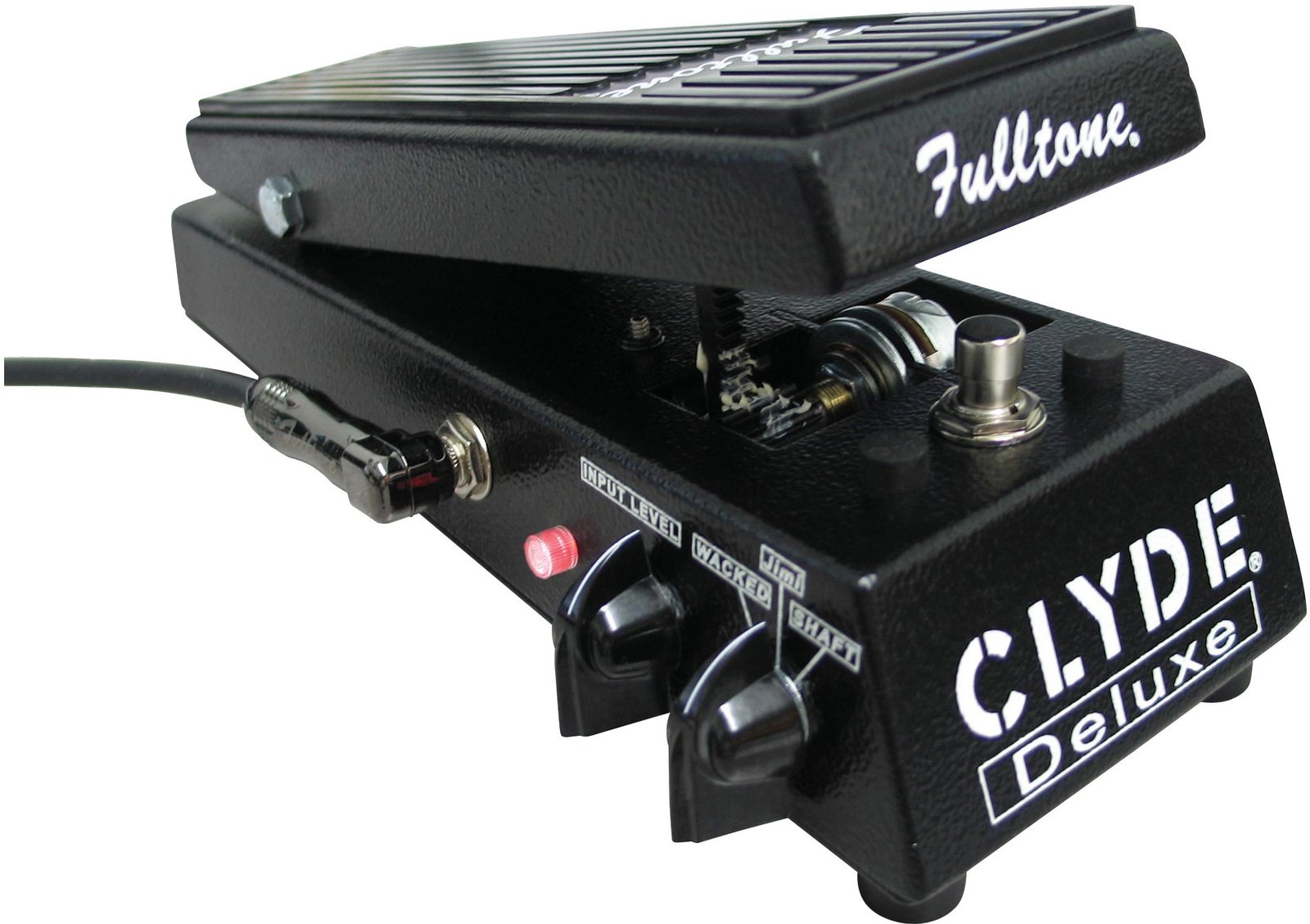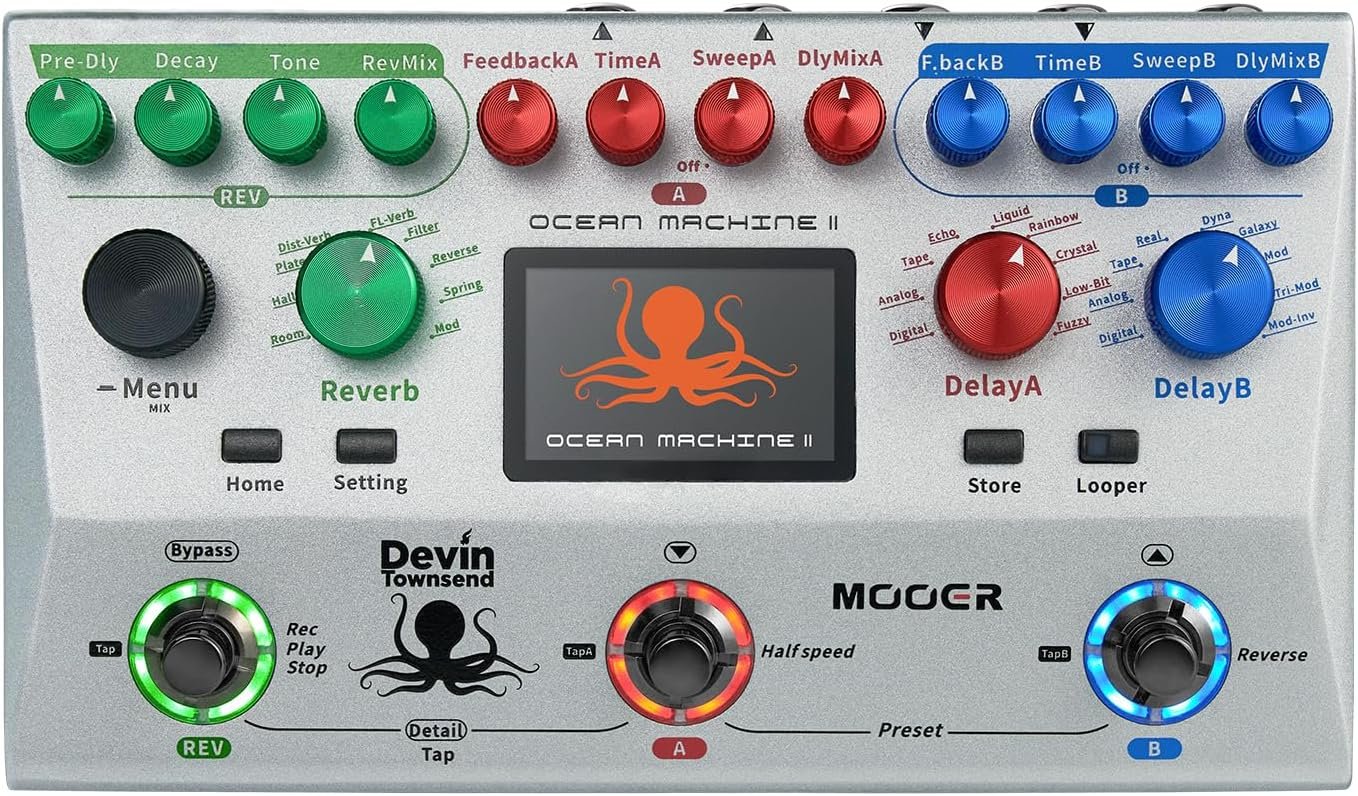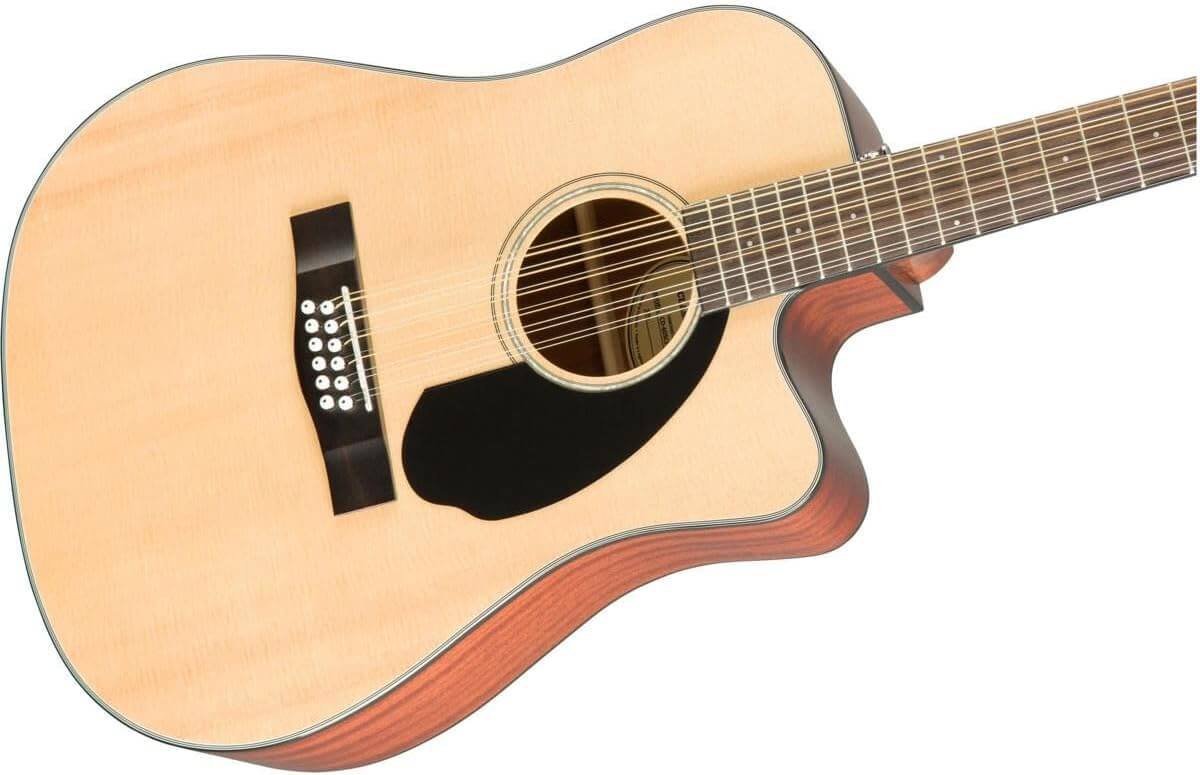Introduction to the Fender Player Telecaster
The Fender Player Telecaster HH PF Silver model represents an important evolution in the electric guitar landscape, intricately woven into the storied lineage of the Telecaster family. Known for its renowned durability and versatile sound, the Telecaster has long been a favorite among musicians spanning various genres. The Player Telecaster series, in particular, aims to deliver upgraded features and modern playability while retaining the classic essence that has defined the Telecaster since its inception in the early 1950s.
One of the standout characteristics of the Fender Player Telecaster HH PF Silver is its dual humbucker pickups. This configuration not only contributes to a fuller sound but also enhances tonal diversity, allowing guitarists to explore a broad range of sonic possibilities. The humbucker pickups are designed to reduce interference and maintain a clear output, which is especially beneficial when performing live or in studio settings. The Player Telecaster HH model truly caters to those who seek a rich, powerful sound without sacrificing the Telecaster’s inherent clarity.
The striking silver finish of the guitar further adds to its modern aesthetic, making it visually appealing and distinguishing it from traditional Telecaster designs. This polished appearance complements its robust body, crafted from high-quality materials that ensure durability and resonance. The ergonomics of the guitar are also improved in this model, allowing for comfortable play during extended sessions.
In the competitive realm of electric guitars, the Fender Player Telecaster HH PF Silver stands out with its innovative features while honoring the legacy of its predecessors. Its fine balance of modern enhancements and classic Telecaster traits makes it a compelling choice for both seasoned players and newcomers alike. Emphasizing sound quality, aesthetic design, and playability, the Player Telecaster is poised to make its mark in the continuing legacy of Fender’s iconic Telecaster model.
The Birth of the Telecaster: 1940s-1950s
The Telecaster, an iconic instrument in the realm of electric guitars, was conceived during a period of significant innovation in the 1940s and 1950s. Leo Fender, an entrepreneur and visionary, played a crucial role in its creation. Initially introduced as the “Fender Esquire” in 1950, the instrument marked a groundbreaking shift in guitar design with its solid-body construction. This was a departure from the hollow-body guitars prevalent at that time, offering musicians enhanced sustain and a uniquely bright tone, enabling a more pronounced sound in live performances.
Fender’s ingenuity culminated in the Telecaster’s dual-pickup configuration, which contributed to its versatility. The guitar’s simple yet effective design, coupled with its bold sound, captured the attention of musicians across various genres, including country, jazz, and rock ‘n’ roll. It wasn’t long before notable artists began to adopt the Telecaster, solidifying its status as an essential tool in music production. The first notable use of the Telecaster was during a live performance by country musician Jimmy Bryant, who showcased the instrument’s capabilities, paving the way for its acceptance.
The Evolution of the Telecaster: 1960s-1970s
The 1960s and 1970s marked a significant period of evolution for the Fender Telecaster, a guitar that would come to symbolize several music genres, including rock, country, and blues. As popular music developed, so too did the Telecaster, undergoing notable design modifications that catered to the demands of a changing landscape. During the early 1960s, Fender introduced several cosmetic and functional upgrades to the Telecaster, including a wider range of color options, changes to fretboard materials, and different pickup configurations. These enhancements appealed to both emerging and established musicians, contributing to the guitar’s growing popularity.
One of the most prominent design changes was the introduction of the “Custom” model, which featured a double-bound body and a new blend of pickups for increased tonal versatility. This era also saw a notable shift in the Telecaster’s user base; legendary artists such as Keith Richards and George Harrison prominently featured the guitar in their repertoire, further cementing its status in popular music. Their endorsement was pivotal, as it showcased the Telecaster’s adaptability across various styles, proving it could seamlessly transition from gritty rock riffs to smoother country melodies.
The Telecaster in Rock and Roll: 1980s-1990s
The 1980s and 1990s heralded a transformative period in the realm of rock and roll, and the Fender Telecaster played an indispensable role in this evolution. As musical styles diversified, the Telecaster’s presence became increasingly ubiquitous, thanks largely to its versatility and distinctive tonal quality. This electric guitar was not just a staple for traditionalists; it found its home among a plethora of genres, including punk, alternative rock, and even the burgeoning grunge scene.
Iconic bands and influential artists from this era embraced the Telecaster, incorporating its signature twang into their sound. For example, the punk rock movement saw the likes of Joe Strummer and his band The Clash wielding Telecasters to produce a raw, edgy sound that perfectly encapsulated the spirit of rebellion. The Telecaster’s inherent ability to deliver crisp, biting tones allowed artists to convey their messages powerfully and effectively. Similarly, Keith Richards of The Rolling Stones, who had long favored the guitar, continued to shape the rock sound during this time with his Telecaster-driven riffs.
As rock evolved, so too did Fender’s approach to the Telecaster. The company began to explore new finishes, pickup configurations, and features, adapting to the demands of the musicians without deviating from the guitar’s classic design and appeal. This adaptability ensured that the Telecaster remained relevant, maintaining its traditional charm while appealing to a new generation of players. Emerging artists like Tom Petty and Jeff Buckley also began incorporating the Telecaster into their sets, further solidifying its status as an essential instrument in rock music.
The significance of the Fender Telecaster in rock and roll during the 1980s and 1990s cannot be overstated. Through its association with iconic musicians and its evolution to meet modern trends, it remained a beloved choice for guitarists looking to carve their niche in music history.
The Resurgence of the Telecaster: 2000s-2010s
The 2000s marked a pivotal period in the history of the Fender Telecaster, as a resurgence of interest in classic instruments emerged during this decade. Musicians across various genres began to gravitate towards vintage sounds, resulting in a renewed appreciation for the Telecaster’s unique tone and playability. The demand for authentic and straightforward guitars led to an increase in both traditional designs and modern adaptations, igniting a revival that spanned rock, country, blues, and beyond.
This renewed enthusiasm for the Telecaster can be attributed to several factors. Firstly, numerous iconic artists from the previous decades re-emerged into the music scene, often using their beloved Telecasters as a testament to the guitar’s lasting legacy. Artists such as Bruce Springsteen, Keith Richards, and numerous Americana musicians showcased the Telecaster’s versatility and its capacity to convey an authentic sound that resonates deeply with audiences today. As these musicians embraced the instrument, younger generations began to take notice and follow suit.
During this revival, Fender also capitalized on the renewed interest by introducing a series of signature models. These models catered to the diverse playing styles and preferences of modern guitarists, while still paying homage to the classic design that made the Telecaster a staple in the music industry. Signature models featuring artists such as Jim Root of Slipknot and Brad Paisley allowed fans to connect with their idols on a deeper level, providing access to the same tools that shaped their favorite music.
As a result, the Telecaster transcended its reputation as merely a tool for country and rock musicians. By the end of the 2010s, the instrument had firmly established itself as an essential part of the contemporary sound palette. The resurgence of the Telecaster highlights not only its historical significance but also its enduring appeal, serving as a bridge between the classic sounds of the past and the innovative music of the future.
The Modern Era: Telecaster Developments in the 2020s
The 2020s have heralded a new chapter in the legacy of the Telecaster, particularly with Fender’s Player Telecaster HH PF Silver. As musicians increasingly seek versatility and innovative sound engineering, Fender has responded by implementing numerous enhancements to this iconic guitar model. One of the most significant developments includes the incorporation of advanced electronics that allow players to explore a wider sonic palette than ever before.
Fender has introduced updated pickups that capitalize on the latest advancements in magnetic technology. This has led to improvements in clarity and responsiveness, catering to a vast range of musical genres. Moreover, the introduction of coil-splitting capabilities has made the Telecaster HH even more adaptable, permitting guitarists to switch between humbucker and single-coil tones seamlessly. Such innovations exemplify Fender’s dedication to enhancing both playability and sound quality, appealing to both traditionalists and modern players alike.
Moreover, advancements in manufacturing processes have contributed to the modern Telecaster’s stellar reputation. The use of computer-aided design (CAD) and precision machining has allowed for unprecedented accuracy in the shaping of neck profiles, body contours, and fretwork. These improvements ensure that each instrument produced under the Player series meets the high standards expected by discerning musicians. Additionally, sustainability has become an essential consideration, with Fender increasingly opting for responsibly sourced woods and eco-friendly finishes.
Lastly, the impact of technology on guitar playing and recording cannot be overstated. The integration of MIDI technology and mobile applications has enabled musicians to enhance their creative process and collaborate in real-time, regardless of geographical barriers. The Player Telecaster HH PF Silver stands at the intersection of tradition and innovation, continuing to evolve while honoring the rich history of the Telecaster. As we navigate further into the decade, it is evident that the Telecaster remains a vital and transformative instrument in the world of music.
Features of the Fender Player Telecaster HH PF Silver
The Fender Player Telecaster HH PF Silver is a modern take on a classic guitar, marrying traditional design elements with contemporary playability and tone. One of the standout features of this model is its dual humbucking pickups, which deliver a rich and versatile sound. These pickups enhance the guitar’s ability to produce a wide range of tones, from warm and smooth to bright and biting, catering to various musical styles, including rock, blues, and jazz.
In terms of hardware, the Fender Player Telecaster HH PF Silver is equipped with a solid alder body that contributes to its durability and resonance. The smooth, contoured edges make it comfortable to play for extended periods. Furthermore, the guitar sports a 9.5-inch radius maple neck with a modern “C” profile, allowing for ease of playability and accommodating diverse playing techniques. The 22 medium jumbo frets enable effortless transitions along the fretboard, whether playing chords or intricate solos.
The finish of the Fender Player Telecaster HH PF Silver is not only aesthetically pleasing but also practical. The silver color is striking and elegant, providing a timeless look that appeals to both traditionalists and modernists. The gloss polyester finish offers protection against wear and tear while enhancing the wood’s natural beauty. Additionally, the six-saddle string-through-body tele bridge ensures stable intonation and easy string changes, further elevating its performance characteristics.
Overall, the features of the Fender Player Telecaster HH PF Silver combine to create a guitar that is both visually captivating and sonically powerful. These specifications not only pay homage to its Telecaster lineage but also embrace the advancements in guitar technology, resulting in an instrument tailored to meet the demands of today’s musicians.
Iconic Telecaster Players and Their Impact
The Fender Telecaster has become synonymous with a diverse array of musical styles, thanks in large part to the influential musicians who have wielded this iconic instrument. From the early days of rock and roll to contemporary genres, the Telecaster’s versatility has made it a staple among artists who shape popular music. Notable Telecaster players include legends such as Keith Richards, Bruce Springsteen, and modern-day virtuosos like Jason Isbell. Each of these musicians has left an indelible mark on both the Telecaster’s legacy and the broader music landscape.
Keith Richards of The Rolling Stones famously used the Telecaster to create some of the most recognizable riffs in rock history. His raw playing style and innovative approach to rhythm guitarism demonstrated the Telecaster’s capacity for producing gritty, powerful sounds. This instrument’s reputation for delivering a punchy tone contributed significantly to the rock genre, influencing countless aspiring musicians to consider the Telecaster as their instrument of choice.
Then there is Bruce Springsteen, or “The Boss,” a figure who integrated the Telecaster into the fabric of American rock music. His use of the Telecaster during live performances often evokes a sense of authenticity and connection with the audience. Through Springsteen’s heartfelt storytelling and compelling melodies, the Telecaster has helped crystallize the instrument’s role in conveying emotion and narrative in song.
In the contemporary scene, Jason Isbell represents a new generation of Telecaster enthusiasts. His blend of rock, country, and folk has reinvigorated interest in the Telecaster among young musicians. Isbell’s skillful playing and lyrical depth highlight the instrument’s ability to adapt to various genres while maintaining its distinctive voice. As these artists continue to innovate, the legacy of the Telecaster evolves, solidifying its place in the annals of music history.
Conclusion: The Future of the Telecaster
The Fender Telecaster, introduced in the early 1950s, has not only survived the ever-evolving landscape of music but has also thrived and adapted to contemporary trends. Its distinctive design, tonal versatility, and storied history have made it a favorite among guitarists across various genres, from country to rock and even jazz. As we look to the future, the Telecaster is poised to maintain its prominent status in the music industry.
In the years ahead, we can anticipate innovations that will build on the Telecaster’s legacy. The focus on technology integration, such as advanced pickups and electronics, promises to enhance the player experience while maintaining the instrument’s core qualities. Additionally, the customization options available directly from manufacturers will likely expand, allowing musicians to tailor their Telecasters more closely to their personal needs and preferences.
Moreover, the resurgence of interest in vintage analog equipment may bolster the Telecaster’s relevance. As younger generations of musicians discover the warmth and character of analog gear, the Telecaster’s raw and organic tone remains appealing. This demand for authentic sound suggests that the Telecaster’s acoustic properties will endure,continuing its legacy as a key tool for creative expression.
As we progress beyond 2025, the Telecaster’s adaptability suggests it will not only remain relevant but may also inspire future generations of guitarists. With its established history, iconic status, and the potential for innovation, the Telecaster seems destined to continue writing its own narrative while influencing modern music. The timeless appeal of this guitar model guarantees its place in the hearts and hands of musicians for years to come, enriching the musical landscape in fascinating new ways.

